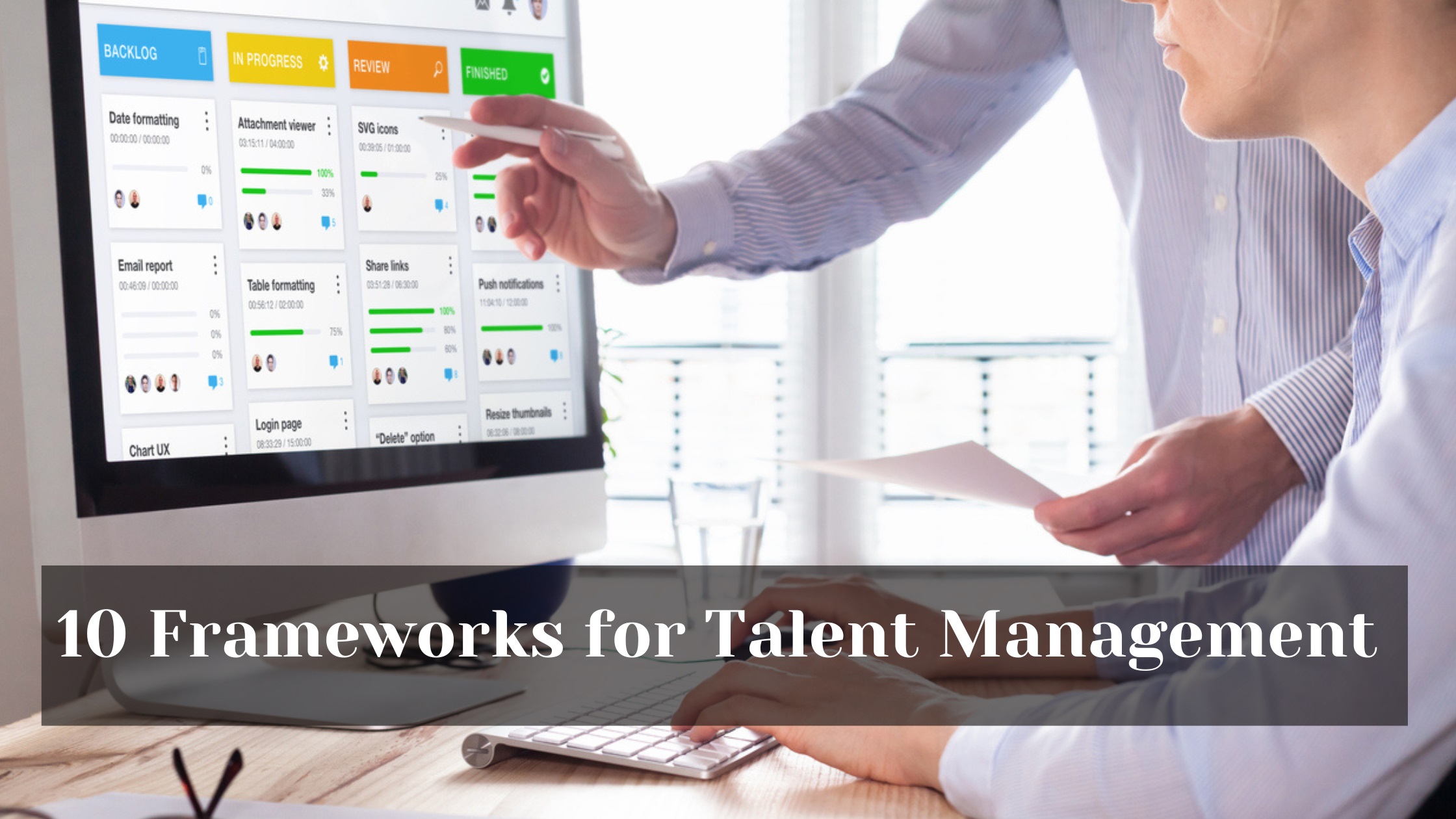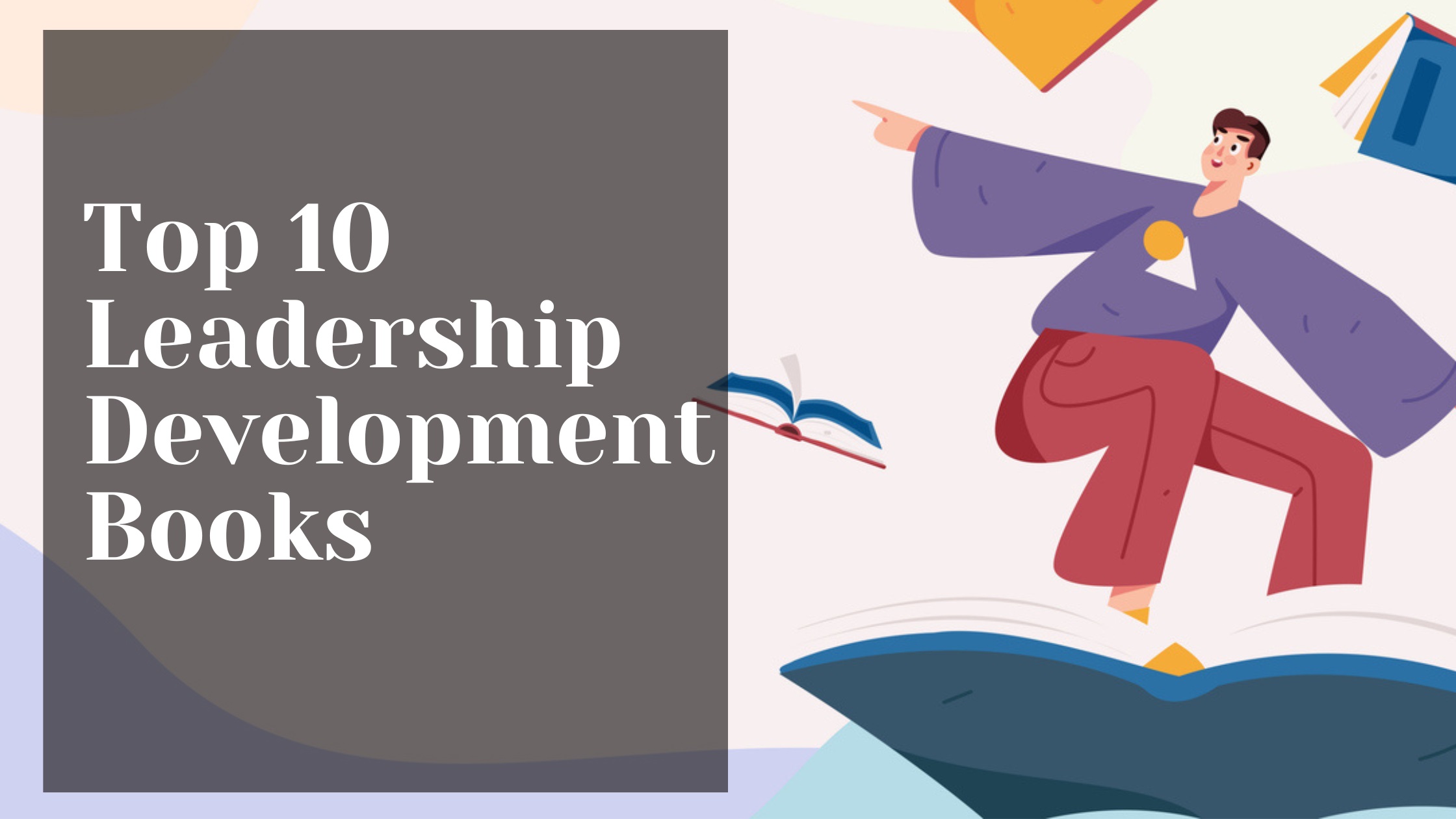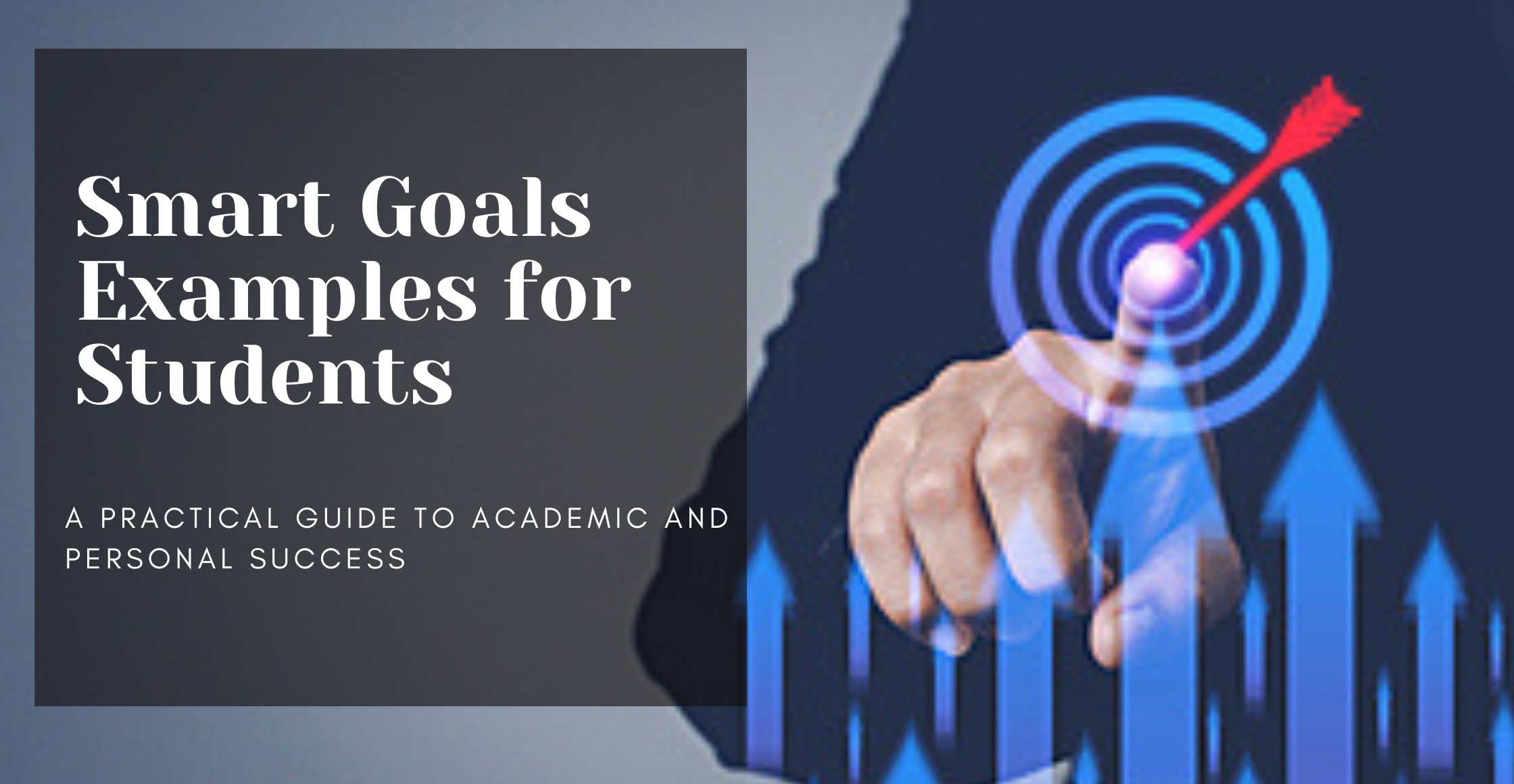
10 Frameworks for Talent Management- In the competitive world of business, effective talent management is important for companies that work to attract, develop and retain top talent. A well-maintained talent development framework improves employee engagement and also drives organizational success. Let’s explore the essential framework for talent management that can help organizations to optimize their workforce tactics and achieve long-term goals effectively.
What do we mean by Talent Management Frameworks?
A talent management framework is an efficient model that incorporates many processes that aim at maximizing the potential of the company’s human capital. It combines various key aspects, including recruitment, training, performance management, and succession planning. In order to implement a perfect framework, companies can make sure that they have the right people for doing specific roles at the right time.
What are the different frameworks for talent management?
These are the top 10 talent management frameworks, such as:
The Talent Management Lifecycle
The Talent Management Lifecycle is a recurring framework that describes the ongoing procedure of attracting, nurturing, and keeping talent. The phases consist of:
– Workforce Planning: Determining existing and upcoming talent requirements.
– Talent Acquisition: Engaging and selecting appropriate applicants.
– Onboarding: Incorporating new employees into the organization.
– Performance Management: Assessing staff performance in relation to established objectives.
– Learning and Development: Offering continuous training and skill improvement.
– Succession Planning: Getting ready for upcoming leadership changes.
The 70-20-10 Model for Learning and Development
This model is widely used to approach to professional development and growth that suggests about:
– 70% of learning is derived from practical experiences in the workplace (e.g., difficult tasks).
– 20% arises from engaging with others (e.g., mentoring or coaching).
– 10% is derived from structured educational events (e.g., workshops or training programs).
The War for Talent Framework
It is made by McKinsey & Company that emphasizes on the competitive nature of talent acquisition and retention, including of these five imperatives:
- Embrace a talent mindset.
- Encourage for talent mindset
- Creating a winning employee value proposition
- Recraft the recruitment tactics.
- Incorporate development into the company
- Ensuring that the managers succeed in recognizing and appreciating talent
Talent Value Chain Model
The Talent Value Chain Model emphasizes on making value by many stages of talent management, including:
– Talent Planning: Determining necessary skills aligned with business objectives.
– Talent Acquisition: Utilizing efficient hiring techniques.
– Talent Growth: Providing training initiatives that meet the requirements of the organization.
– Retaining Talent: Developing an appealing workplace to maintain high achievers.
OKR (Objectives and Key Results) Framework
The OKR Framework is a relevant tool that aligns individual performance with organizational objectives. In order to attain clear objectives and the appropriate measurable key results, companies can then track progress and drive accountability. For instance,
Aim: Improve recruitment effectivity.
Key Result 1: Lesser time-to-fill vacancies by 30%
Key Result 2: Rise in the offer acceptance rate by 50%.
Competency-Based Talent Management
The Talent Management Model based on competencies emphasizes recognizing particular skills needed for every position within the organization. This method encompasses:
– Establishing essential skills that align with the values of the organization.
– Evaluating employee abilities in relation to these competencies.
– Creating specialized training initiatives to close skill shortages.
High-Potential Employee Development Framework
This framework recognizes high-potential employees (HiPos) in the organization and offers them customized development opportunities. Essential elements consist of:
– Frequent evaluations to pinpoint HiPos by analyzing their performance and potential.
– Tailored development plans that match personal career goals.
– Programs for mentorship to foster development and preparedness for leadership.
Employee Engagement Framework
An impactful Employee Engagement Framework focuses on cultivating a positive workplace that enhances employee satisfaction and dedication. Essential components consist of:
– Consistent feedback systems (e.g., questionnaires or individual meetings).
– Programs for acknowledging accomplishments.
– Chances for professional growth and enhancement of abilities.
Succession Planning Framework
A strong Succession Planning Framework facilitates seamless transitions in the organization by equipping employees for upcoming leadership positions. This includes:
– Recognizing essential roles within the organization.
– Creating talent profiles for future successors.
– Providing leadership development programs to prepare high-potential individuals.
Diversity and Inclusion Framework
An unwavering dedication to diversity and inclusion is crucial in the modern workplace. A Diversity and Inclusion Framework consists of:
– Establishing quantifiable diversity objectives throughout the organization.
– Establishing training initiatives centered on awareness of unconscious bias.
– Establishing employee resource groups to assist marginalized communities.
Conclusion
Establishing efficient frameworks for talent management is crucial for organizations aiming to attract, nurture, and keep premier talent in the current competitive environment. By implementing frameworks like the Talent Management Lifecycle, OKR Framework, or Diversity and Inclusion Framework, organizations can establish a systematic method to optimize their human capital capacity.
As companies develop, their approaches to effectively managing talent must also change. By concentrating on ongoing enhancement in these domains, organizations can cultivate an engaged workforce that propels sustained success while adjusting to evolving market needs. Adopting these frameworks will not only improve employee satisfaction but also play a vital role in reaching overall business goals in a more dynamic environment.
Your Pathway to Success- Discover Our Online Courses
- Leadership Skills- the Good, the Bad, and the Ugly
- Workplace Communication Hacks- Strategies for Success
- The Hidden Cost of Your Comfort Zones
- Start Unlocking Your Emotional Intelligence – Build Self-Awareness
- Unlock Your Emotional Intelligence- Understanding Others




